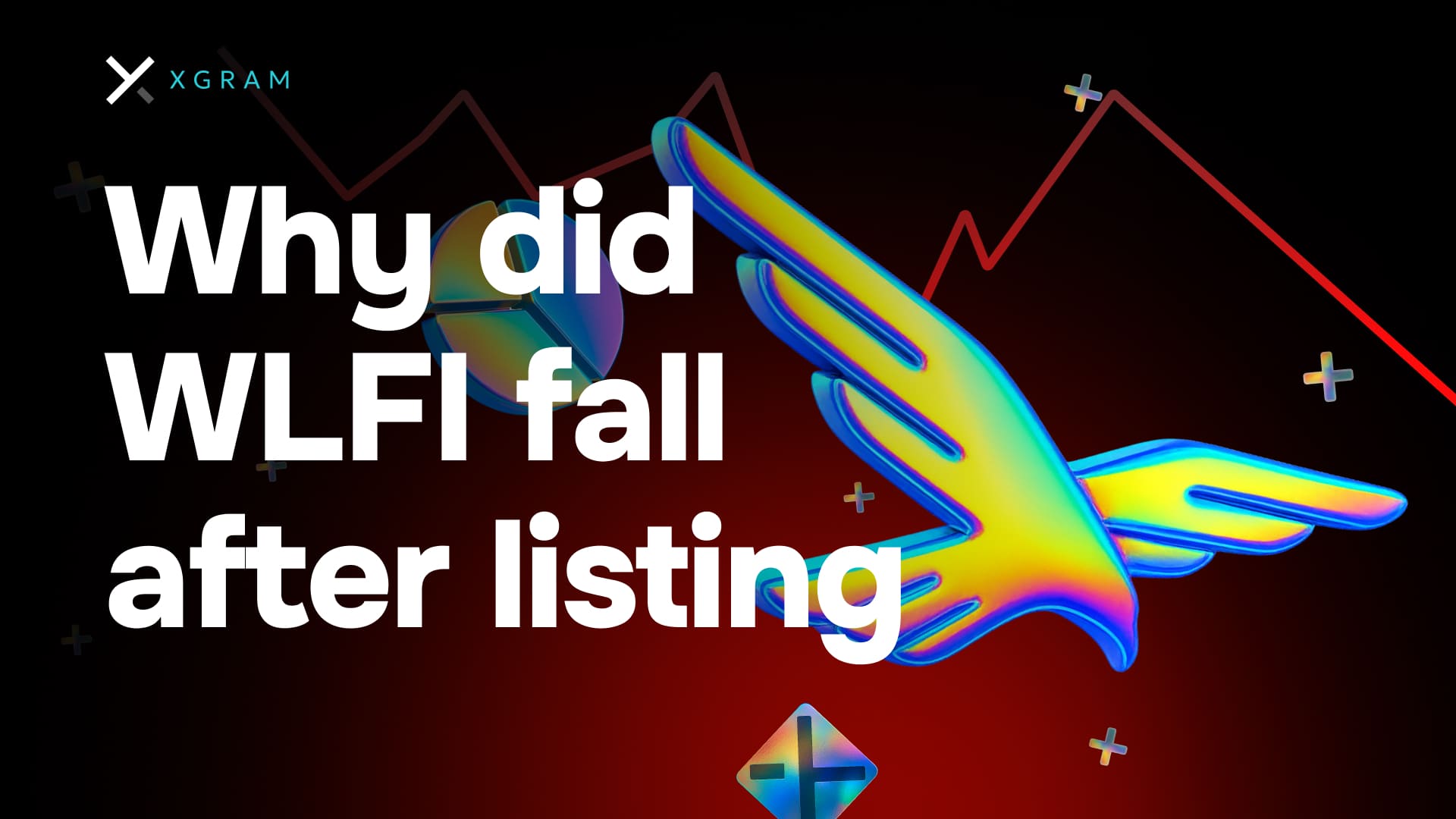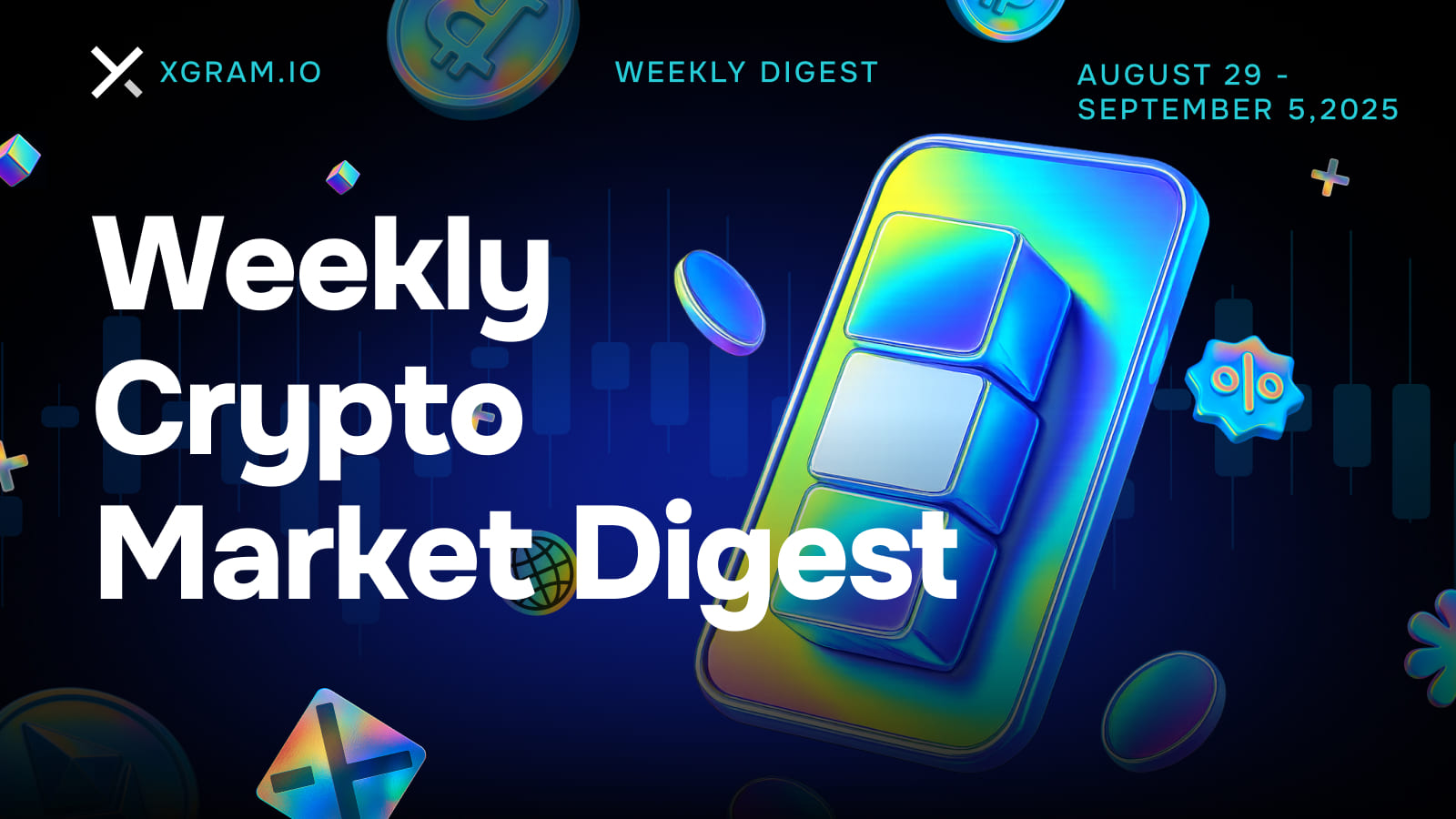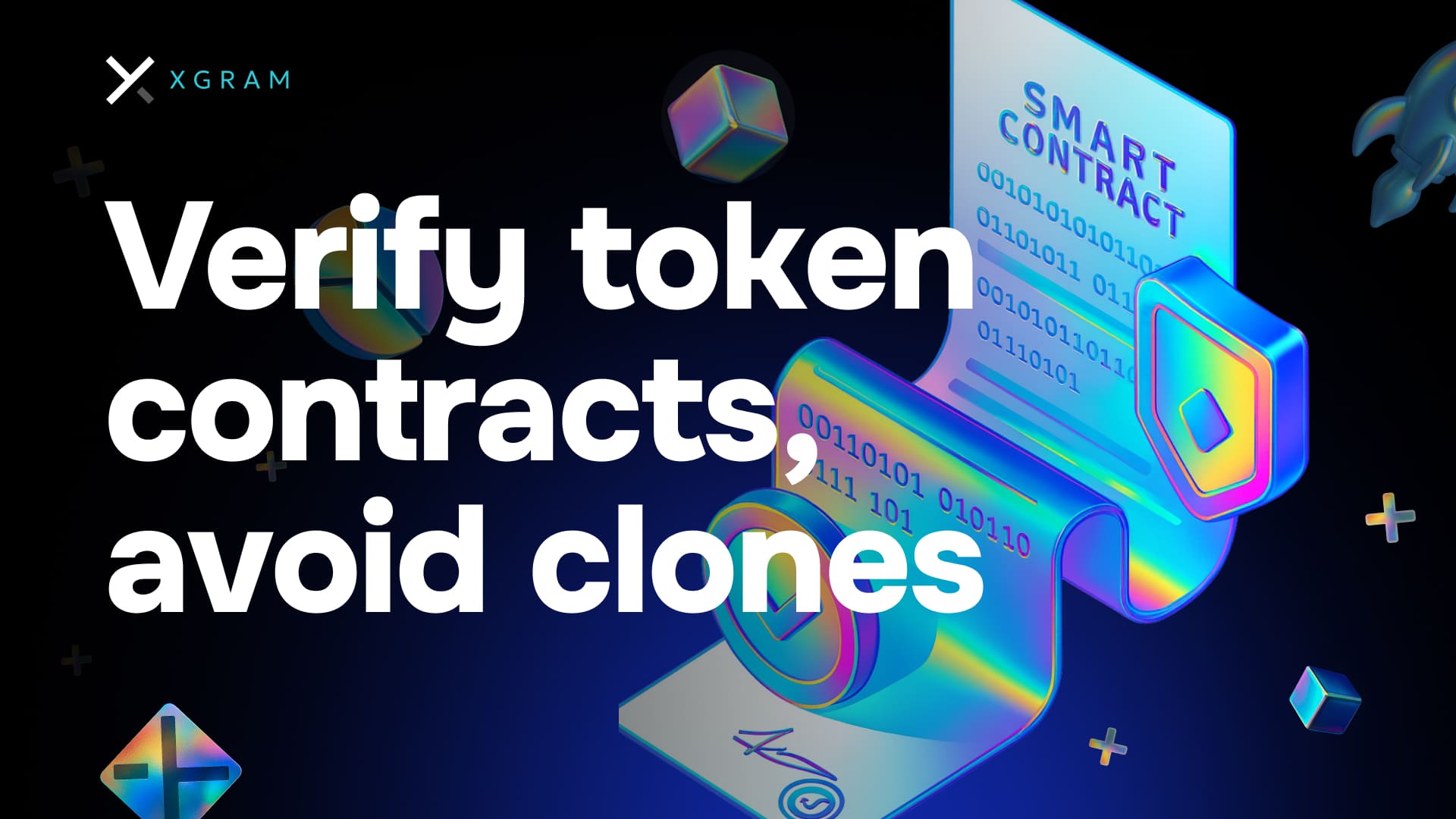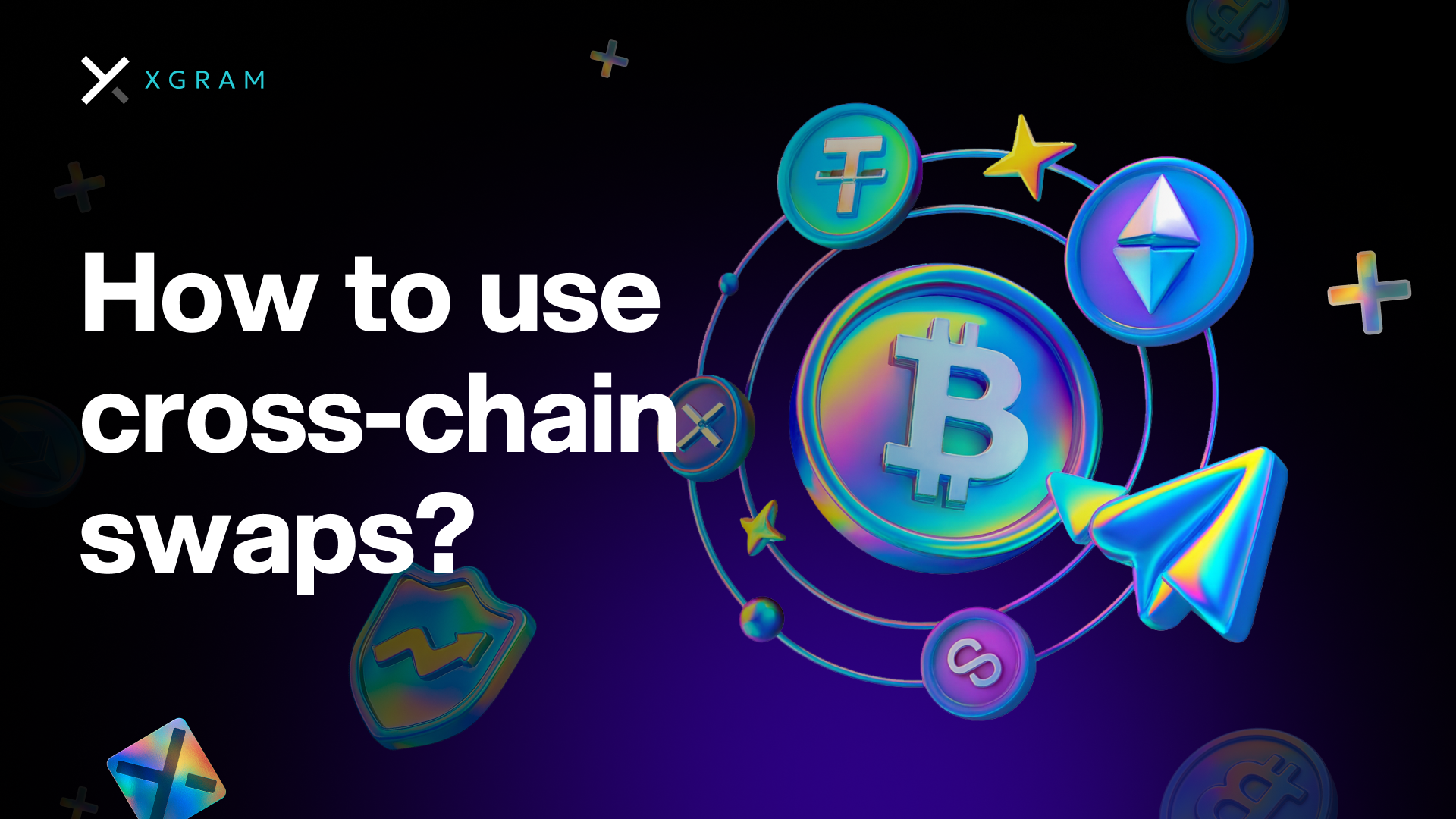What WLFI is in plain terms
WLFI is a governance token for the World Liberty Financial ecosystem. Core use is voting and protocol decisions, no stated economic rights. Transfers were limited in the early phase, then opened after a community vote, which enabled free secondary trading.
How the listing and day one traded
At launch WLFI spiked toward $0.30 and quickly slid to $0.21–$0.25. The drop from first trades was roughly 25–30 percent. Volumes were unusually high for a new asset. Derivatives activity picked up, open interest and turnover grew, and that amplified intraday swings.
Why the price moved this way
Lifting transfer limits created a narrow opening on order books, then supply hit the market. Early holders took profit. Media focus on ownership structure fueled speculative interest, then profit taking. More leverage in derivatives added momentum to short term moves. Utility beyond governance is still forming, so the market priced in a discount to a pure voting token.
Where and how WLFI trades
On major centralized exchanges the asset is flagged as new with higher risk. Pairs against core stablecoins are available.
Before depositing, check supported networks and the ticker inside the exchange interface to avoid lookalike tokens and contract clones.
Tokenomics and ownership
Early materials referenced a large maximum supply and meaningful allocations to early participants. Part of the supply was distributed in a presale. That design, plus the switch to free trading, drove higher volatility.
Community members periodically float a buyback and burn funded by ecosystem revenues. Voting outcomes and real execution will shape expectations about circulating supply.
Risks to review before buying
Verify the contract and ticker on the exchange’s asset page. Consider the unlock calendar and potential dilution. Track governance proposals about buyback and burn.
Remember that early ownership can be concentrated, which increases price risk. For small allocations, start with a test deposit and scale only as confidence grows.
What to watch next
Results and execution of any buyback and burn programs. The unlock calendar and any tokenomics changes. New listings and liquidity across major pairs. Evidence of practical utility in the WLFI and USD1 ecosystem.
FAQ
Why did WLFI fall after listing
Transfer limits were lifted, early holders took profit, derivatives added leverage, and utility is still being defined
Where is it safer to trade WLFI
On major exchanges after checking ticker and deposit network in the asset card, avoid lookalike contracts in other networks
What should I track next
Governance votes on buyback and burn, the unlock schedule, tokenomics updates, real utility and broader listings



